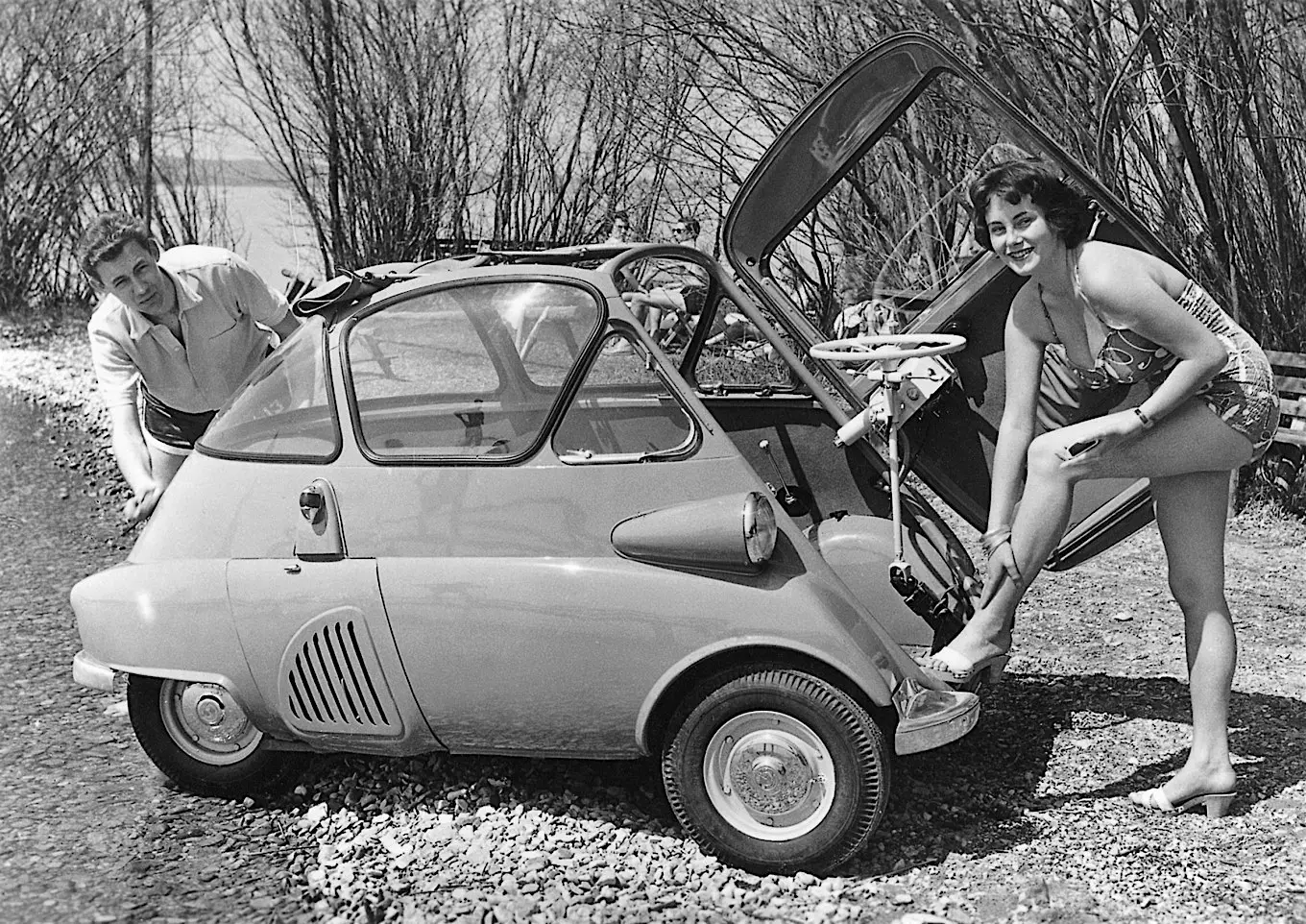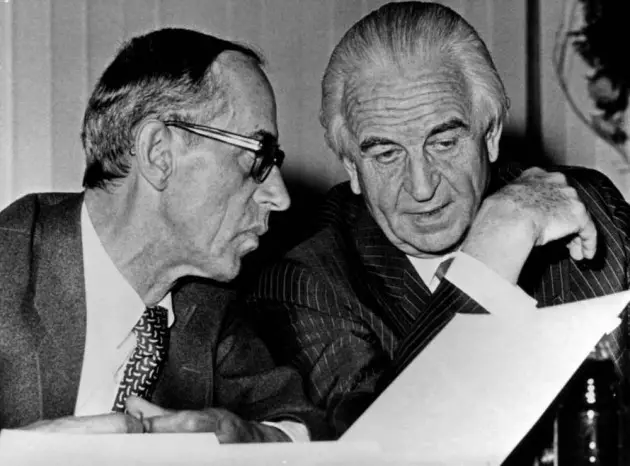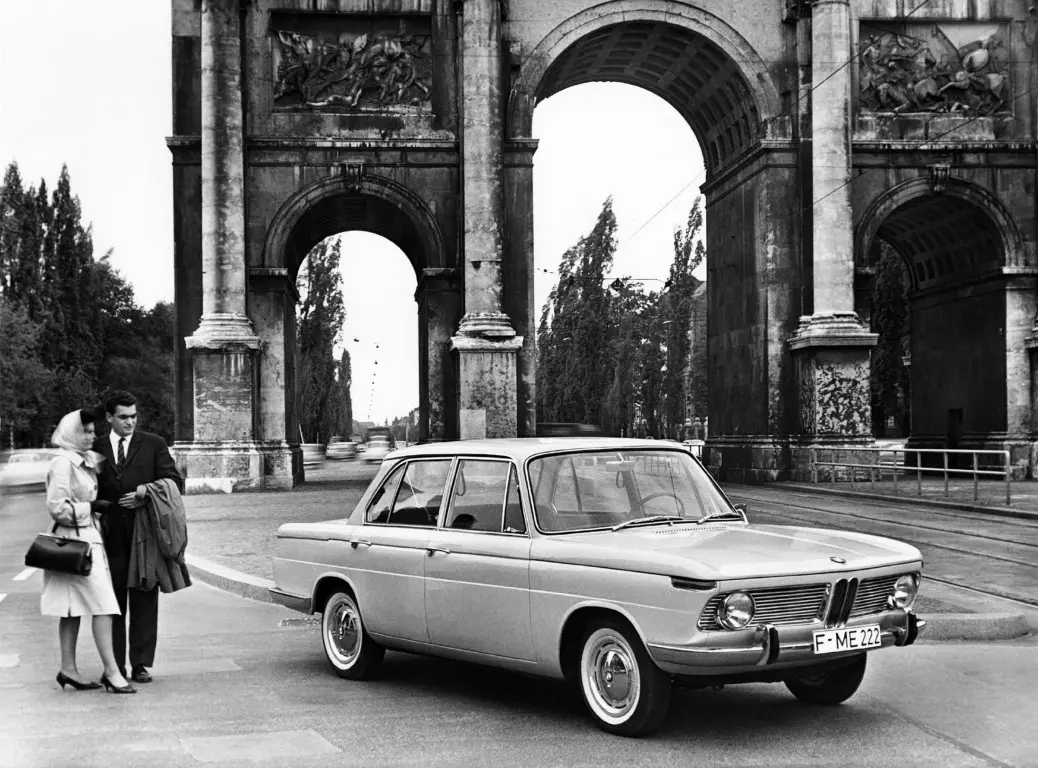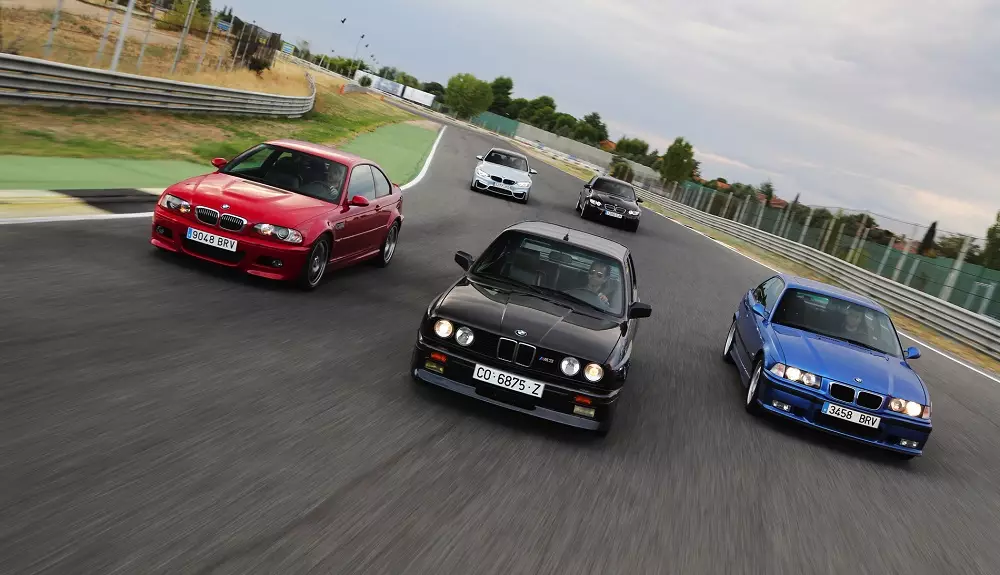The post-war period was a very turbulent period for the German car industry. War efforts left the country to its knees, production lines obsolete and the development of new models frozen.
In this context, BMW was one of the brands that suffered the most. Although the 502 Series is still very technically competent and the 507 roadster continues to make many buyers dream, production was insufficient and the 507 roadster was losing money. The only cars that kept the Bavarian Motor Works flame burning in the late 1950s were the small Isetta and 700.
A flame that in 1959 was very close to extinguishing. Although the brand's engineers and designers already had new models prepared, the brand lacked the liquidity and guarantees required by suppliers to advance into production.

Bankruptcy was imminent. In the face of the runaway deterioration of BMW, the biggest German car manufacturer at the time, Daimler-Benz, seriously considered acquiring the brand.
The offensive by the arch-rivals of Stuttgart
It wasn't about trying to eliminate competition — not least because at that time BMW was no threat to Mercedes-Benz. The plan was to turn BMW into a parts supplier for Daimler-Benz.
With creditors constantly knocking on the door and the works council putting pressure on the brand because of the situation on the production lines, Hans Feith, chairman of the BMW board, confronted the shareholders. One of the two: either declared bankruptcy or accepted the proposal of the arch-rivals of Stuttgart.

Without wishing to raise suspicions about Hans Feith, it should be noted that "by chance" Feith was also a representative of Deutsche Bank, and that "by chance" (x2) Deutsche Bank was one of BMW's main creditors. And that "by chance" (x3), Deutsche Bank was one of the main financiers of Daimler-Benz. Mere chance, of course...

On December 9, 1959, it was very close (very little) than the BMW's board of directors rejected the proposed acquisition of BMW by Daimler-Benz. Minutes before the vote, the majority of shareholders backtracked on the decision.
It is said that one of those responsible for this lead was Herbert Quandt (in the highlighted image). Quandt, who at the beginning of negotiations was in favor of the sale of BMW, changed his mind as the process progressed, witnessing the reaction of the unions and the consequent instability in the production lines. It would be the end of the brand not only as a car manufacturer but also as a company.
Quandt's answer
After much pondering Herbert Quandt did what few expected. Contrary to the recommendations of his managers, Quandt started to increase his participation in the capital of BMW, a bankrupt company! When his stake neared 50%, Herbert went knocking on the door of the federal state of Bavaria to close a deal that would allow him to consummate the purchase of BMW.
Thanks to bank guarantees and financing that Herbert was able to agree with the bank — the result of the good name he had in the «square» —, there was finally the necessary capital to start production of the new models.
Thus was born the Neue Klasse (New Class), the models that would come to form the basis of the BMW we know today. The first model in this new wave would be the BMW 1500, presented at the 1961 Frankfurt Motor Show — less than two years had passed since the bankruptcy situation.

The BMW 1500 was even the brand's first model to sport the "Hofmeister kink", the famous cutout on the C or D pillar present in all BMW models.
The rise of BMW (and the Quandt family empire)
Two years after the introduction of the 1500 Series, the 1800 Series was launched. Thereafter, the Bavarian brand continued to add sales after sales.
However, over the years, Quandt began to decentralize the management of the brand from his person, until in 1969 he took another decision that positively (and forever) affected the fate of BMW: hiring engineer Eberhard as general manager of BMW von Kunheim.
Eberhard von Kunheim was the man who took BMW as a generalist brand and turned it into the premium brand we know today. At that time Daimler-Benz didn't look at BMW as a rival brand, remember? Well, things have changed and in the 80's they even had to run after the loss.
Herbert Quandt would die on June 2, 1982, just three weeks away from turning 72 years old. To his heirs he left a gigantic patrimony, made up of shares in some of the main German companies.
Today the Quandt family remains a shareholder in BMW. If you're a fan of the Bavarian brand, it's the vision and audacity of this businessman that you owe models like the BMW M5 and BMW M3.

